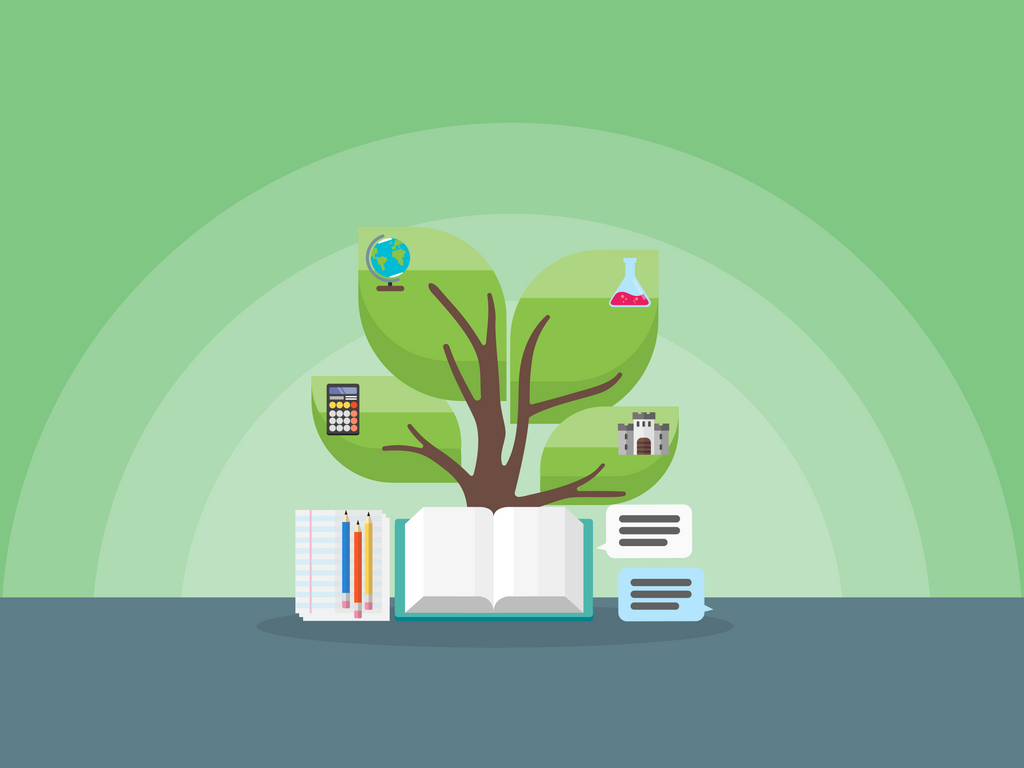Language and literacy provide us with the building blocks not just for academic success, but for fulfilling careers and rewarding lives. Consequently, the EEF has focused considerable effort in this area – particularly for younger and for struggling readers – through our KS2/3 transition funding of 24 literacy projects and our ongoing Primary Literacy Campaign in the North-East of England.
Language and literacy are grouped together in this theme as they are closely related. Language is especially important in the Early Years and it continues to be important through primary and secondary education. The EEF’s science literature review found that students reading capability was the best predictor of later science achievement. We also know that a focus on language and literacy is especially important for pupils with English as an Additional Language.
The evidence suggests that children benefit from a balanced approach to literacy that includes a range of approaches. The emphasis of the different approaches will shift as children progress; effective diagnosis can help to identify priorities and focus teaching to ensure that it is efficient. Some of the most promising approaches that emerge from the evidence so far include:
Oral language interventions which focus on spoken language and verbal interaction in the classroom appear to benefit all pupils. Some studies show slightly larger effects for younger children and pupils from disadvantaged backgrounds. A focus on oral language skills will have benefits for both reading and writing.
Phonics approaches – as part of a balanced approached – have been found to be effective in supporting younger pupils (4−7 year olds) to learn to read.
Reading comprehension strategies focus on learners’ understanding of the text. They teach a range of techniques that enable pupils to comprehend the meaning of what is written, such as inferring the meaning from context, summarising or identifying key points, using graphic or semantic organisers, developing questioning strategies, and monitoring their own comprehension and identifying difficulties themselves.
Schools should focus first on developing core classroom teaching strategies that improve the literacy capabilities of the whole class. With this in place, the need for additional support should decrease. Nevertheless, it is likely that a small number of pupils will require additional support — in the form of high-quality, structured, targeted interventions — to make progress. A number of evaluations of such programmes, funded by the EEF, have found promising results. A description of the common features of these programmes is provided in the EEF’s literacy guidance reports.
The EEF has summarised the evidence around primary literacy into a series of guidance reports, which make evidence-based recommendations to improve practice. A summary of the headline recommendations can be found here for KS1 and KS2, while the full reports can be found here.
EEF has also published a guidance report focused on secondary literacy – Improving Literacy in Secondary Schools.
In 2014, the EEF published Reading at the Transition, which summarised some of the lessons learnt from evaluations of 12 KS2/3 transition literacy programmes as well as a summary of the wider literature. Supporting struggling readers as they move into secondary is a high-priority for the EEF as we know that historically outcomes for similar pupils have been bleak. The report concludes that no single approach will be enough but provides evidence-based recommendations for helping these pupils.

Guidance Reports
Preparing for Literacy

Guidance Reports
Improving Literacy in Key Stage 1

Guidance Reports
Improving Literacy in Key Stage 2

Guidance Reports